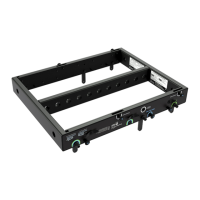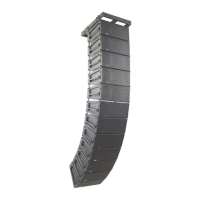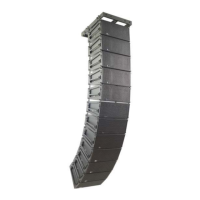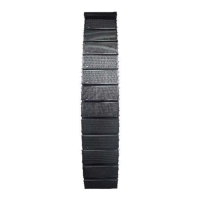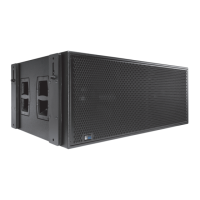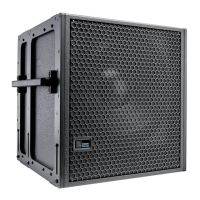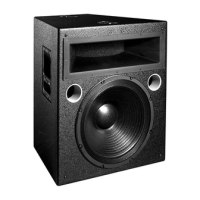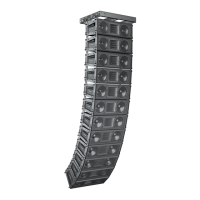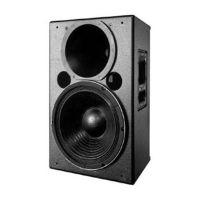5
CHAPTER 1: INTRODUCTION
HOW TO USE THIS MANUAL
Make sure to read these instructions in their entirety before
configuring a Meyer Sound loudspeaker system. In particu-
lar, pay close attention to material related to safety issues.
As you read these instructions, you will encounter the fol-
lowing icons for notes, tips, and cautions:
NOTE: A note identifies an important or useful
piece of information relating to the topic under
discussion.
TIP: A tip offers a helpful tip relevant to the topic
at hand.
CAUTION: A caution gives notice that an
action may have serious consequences and
could cause harm to equipment or personnel, or
could cause delays or other problems.
Information and specifications are subject to change.
Updates and supplementary information are available at
www.meyersound.com
.
Meyer Sound Technical Support is available at:
■ Tel: +1 510 486.1166
■ Tel: +1 510 486.0657 (after hours support)
■ Web: www.meyersound.com/support
■ Email: techsupport@meyersound.com
LEO-M LINEAR LINE ARRAY LOUDSPEAKER
The LEO-M
™
linear array loudspeaker is defined by its sonic
linearity at any output level. With exceptional headroom,
extremely low distortion, and optimized rigging options,
LEO-M forms the nucleus of Meyer Sound’s next-generation
LEO
®
array systems, conceived for long-throw applications.
LEO arrays are ideally paired with Meyer Sound’s 1100-LFC
low-frequency control element for bass reproduction, and
the LYON
™
linear line array loudspeaker for downfill. The
MICA
®
compact high-power curvilinear array loudspeaker is
also well suited for downfill. Entire systems are driven by
Meyer Sound’s Galileo Callisto
™
616 array processor, which
provides matrix routing, alignment, and processing for array
components.
To guarantee optimum performance, LEO array systems
should be designed with Meyer Sound’s MAPP
™
prediction
software. The intuitive, cross-platform application accurately
predicts coverage patterns, frequency and impulse
responses, and maximum peak SPL for LEO array systems,
ensuring that systems deliver the required SPL and ideal
coverage for the intended audience areas.
LEO-M’s high-frequency section is comprised of two propri-
etary compression drivers coupled to a constant-directivity
horn through a patented REM
®
manifold. The manifold’s
smooth radiating characteristics afford tight vertical cover-
age. The low-frequency section includes two long-excursion
cone drivers, also proprietary, capable of withstanding high,
continuous output levels. Precise phase and magnitude
alignment between low- and high-frequency drivers yields
consistent and well-behaved system responses.
The unit’s onboard power amplifier operates at nominal volt-
ages from 165–264 V AC at 50–60 Hz. TruPower
®
limiting
ensures maximum driver protection, minimizing power com-
pression while yielding high constant output under high con-
tinuous and peak power conditions. The amplifier, control
electronics, and power supply are contained in a single field-
replaceable module located on the rear of the cabinet.
Meyer Sound’s RMS
™
remote monitoring system comes
standard with all LEO-M loudspeakers and provides com-
prehensive monitoring of system parameters on a Mac
®
or
Windows
®
-based computer. Convenient XLR 5-pin connec-
tors allow the use of composite cables carrying both RMS
and balanced audio signals.
LEO-M Loudspeaker
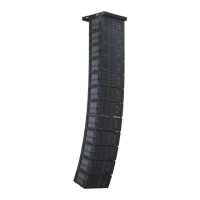
